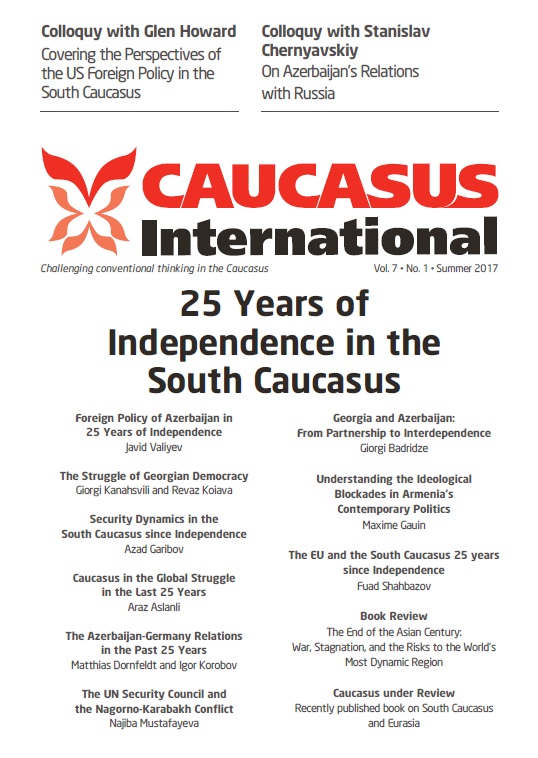Book review - Michael R. Auslin, The End of the Asian Century: War, Stagnation, and the Risks to the World’s Most Dynamic Region
Michael R. Auslin, a former history professor at Yale University, opens his book with the statement, “Since Marco Polo, the West has waited for the Asian Century”. According to Auslin, the world believes that this century has now arrived, but that Asia is a fractured region threatened by stagnation and instability. His book is based on a quarter-century of engagement with and study of Asia, and years of travel throughout the Indo-Pacific region, including three major research trips and several shorter trips starting in 2010. Auslin interviewed dozens of politicians, military officials, academics, business leaders, media figures, and ordinary citizens during these journeys. In this book, Auslin assesses the current situation in Asia as well as its future challenges and prospects. In doing so, he separates the book into seven sections, and provides a pragmatic overview of the region. He starts by presenting the ‘risk map’ of Asia, mapping out five discrete yet interrelated risk regions, aimed at demonstrating that, “the most promising way to reduce risk is to push for greater liberalism and a strengthened rules-based order in the Indo-Pacific” (p. 10). In the second section, Auslin focuses on Asia’s economic miracle. He posits that the region has taken over the mantle of ‘the world’s workshop’ from Western countries, and alleges that this transformation has not been driven by China alone, but by many Asian countries. His main point in this section - and in this book as a whole - is that “today the economic miracle of Asia is at risk from the failure of economic reform to deal with the costs of growth, whether in advanced countries like Japan or developing nations like India and Indonesia”
Latest news
- 03/17/2020 Call for Submission: “Non-Alignment Movement and Its Perspective in International Affairs”. Deadline: 1 July 2020 2624 views
Popular articles
- 02/24/2020 The Role of Irredentism in Russia’s Foreign Policy 2535 views
- 02/24/2020 Construction of sub-national identity vis-à-vis parent state: Gagauz case in Moldova 2218 views
- 02/24/2020 The Conflict in Ukraine - The Geopolitics of Separatism and Divergent Identities (Commentary) 2072 views
- 02/24/2020 The Role of the Soviet Past in Contemporary Georgia 2044 views





